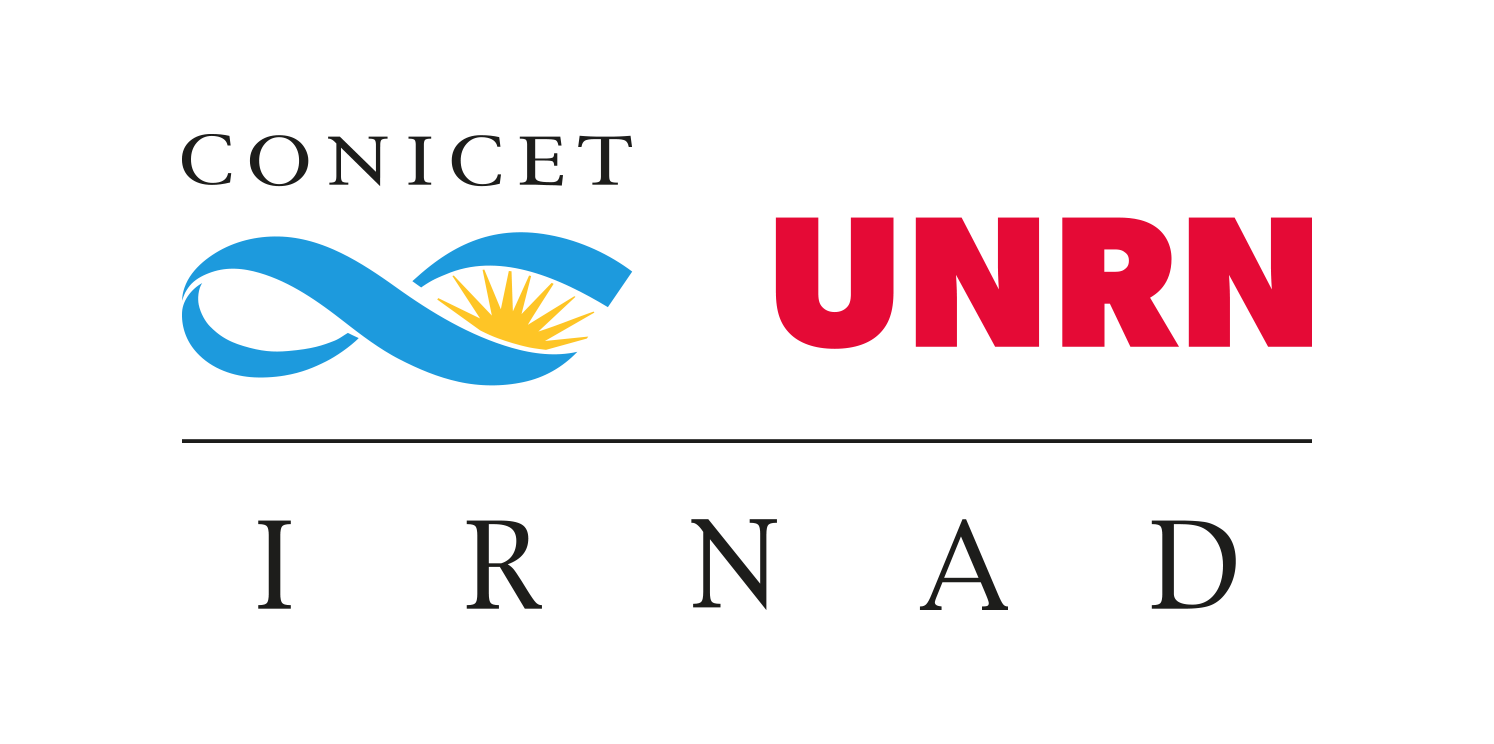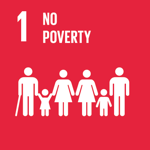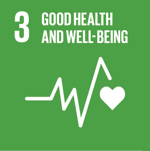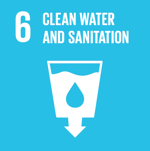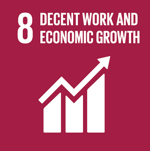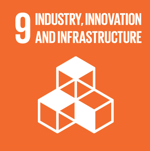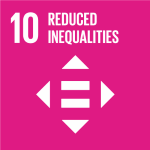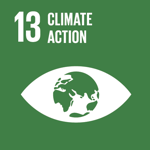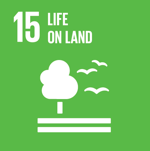Unlocking multifunctional agroecosystems: innovations for sustainable agriculture
This project works on multifunctional landscapes by simultaneously promoting agricultural productivity and environmental restoration. We will use satellite information, modelling and communication strategies for a sustainable transition
Context of the story
In Uruguay and Argentina, agriculture is a major source of production and profits, mainly from grain exports. However, this expansion, driven by technological advances and climate change, has negatively impacted natural habitats. In this project, we aim to show that preserving the environment and diversifying the agricultural landscape can help restore and maintain essential conditions for crops, benefiting their yield and stability. Our goal is to advance strategies such as the use of satellite data, statistical tools, and machine learning; virtual landscape modeling; the implementation and monitoring of biodiversity-based solutions; and effective communication practices to engage beneficiaries.
A pathway to sustainable production models through biodiversity integration and conservation
The implemented initiative
In recent decades, the Pampas biome has experienced significant changes in land use, leading to the displacement of natural environments and emphasizing the need for biodiversity conservation. This project focuses on Uruguay and Argentina, both of which have similar production systems and face common rural and socio-cultural challenges. Our goal is to convert uniform systems into multifunctional landscapes that yield long-term benefits. With the support of FONTAGRO, we aim to establish a multidisciplinary platform involving experts from Argentina (UNRN) and Uruguay (SARAS, CEUTA) to analyze and apply knowledge to the production systems of the Pampas biome. We will collaborate with producer groups, national research institutions, and family production promoters.
Innovative strategies and tools in Uruguay and Argentina
The technological solution
The project will strengthen the capacity to harness big data and improve the governance system through participatory mechanisms for the generation of public policies and private agreements. Sustainable transition issues will be addressed through strategies such as the dissemination of existing environmental and socio-economic information and its rapid analysis. Collaboration between academia and the productive sector will help identify the main needs of producers and broaden the scope of transitions. Edge effects will be studied through precision agriculture, models for the design of multifunctional landscapes will be developed, and aspects studied in the field will be implemented and evaluated. Beneficiaries will include the public and private sector, educational institutions and civil associations of producers. The project is expected to have positive economic, environmental and social impacts, contributing to national development and improving production, the added value of products and producers' incomes.
Multifunctional landscapes seek to complement or replace external inputs with ecological processes, thereby generating higher economic returns and increasing key environmental services
Type of project
Results
Developing a methodology to model various natural contributions in productive systems with different edge configurations. This includes creating crop performance maps and assessing how landscape configuration influences performance. Also, selecting and evaluating an appropriate predictive model (Comp 1).
Identifying and describing relevant variables for performance, as well as the frequency and intensity of pest damage, and creating spatially explicit predictive models (Comp 2).
Evaluating agricultural redesign elements and redesigning establishments to improve functional diversity and increase natural contributions. This will benefit crop performance and stability while reducing the use of external inputs (Comp 3).
Reviewing the latest developments and interactions between multifunctional landscape design, academic trends, production techniques, and policies. Creating an actor map and developing key messages for all involved stakeholders. Presenting the tool (Comp 4).

 Back to the project
Back to the project Uruguay
Uruguay Argentina
Argentina